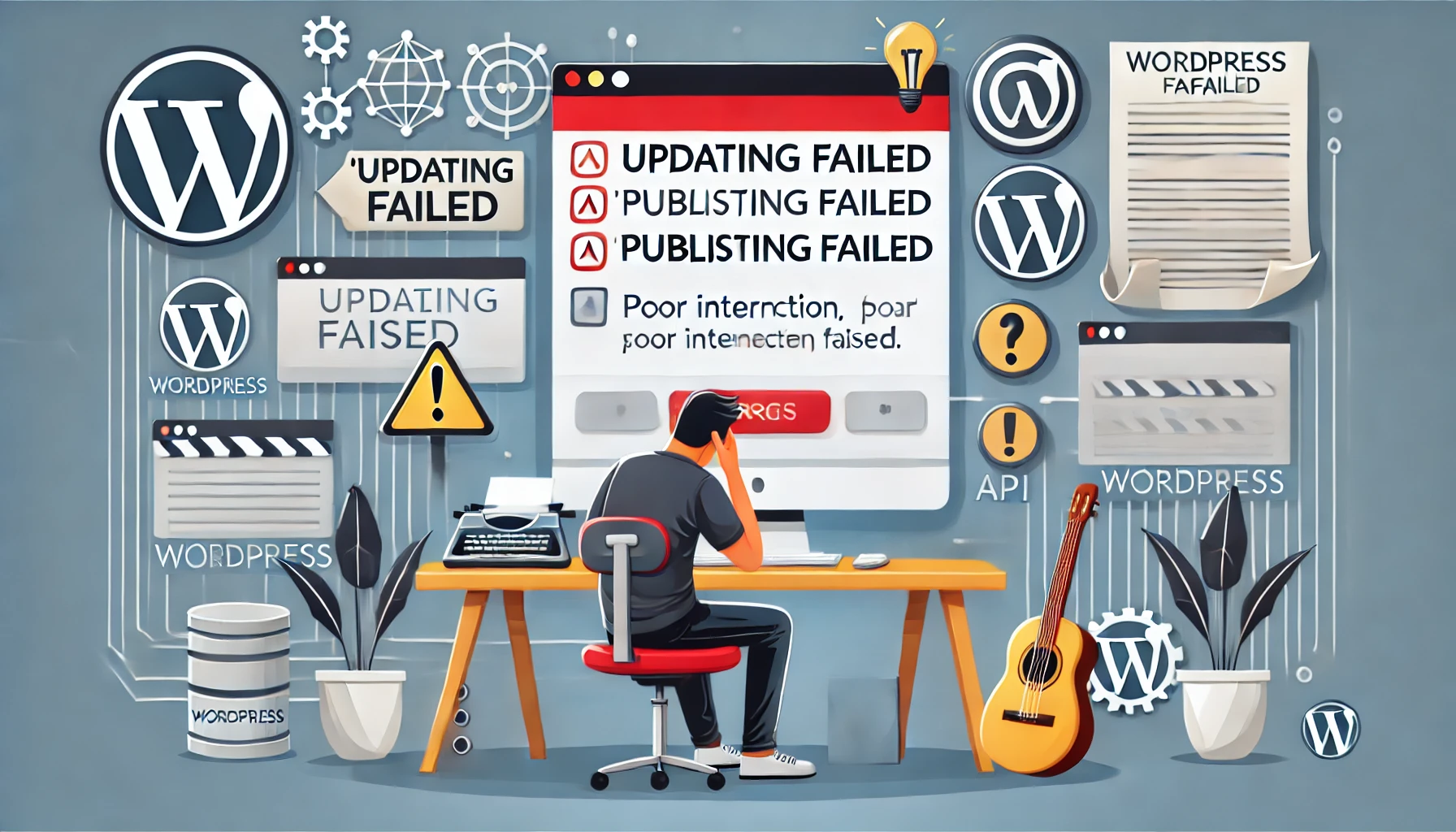As mobile usage continues to surge, ensuring your website is mobile-friendly has never been more crucial. In 2024, over half of global internet traffic comes from mobile devices, making mobile compatibility essential for businesses looking to engage users, improve SEO, and increase conversions.
Why Mobile-Friendly Design Matters
Adapting to a mobile-friendly design isn’t just a trend—it’s a necessity for websites to stay competitive in today’s digital landscape. Here’s why:
- Improved User Experience: Mobile-friendly websites are easier to navigate, read, and interact with on small screens. A seamless experience can lead to longer visit times and more positive user feedback.
- Higher Search Rankings: Search engines, especially Google, prioritize mobile-friendly websites in their rankings. A site that’s not optimized for mobile might rank lower in search results, affecting its visibility.
- Boosted Conversion Rates: With the rise in mobile shopping and browsing, users are more likely to complete actions, such as signing up or purchasing, if the site is easy to use on their device.
Signs Your Website Isn’t Mobile-Friendly
Wondering if your website needs an update? Here are some tell-tale signs:
- Text is too small: If users have to zoom in to read content, the site isn’t optimized for mobile.
- Images aren’t resizing: Images that extend off the screen or don’t scale properly can disrupt the user experience.
- Navigation issues: Complex or small menus can frustrate mobile users. Your menu should be easy to find and use.
- Slow loading times: Mobile users expect quick loading. A slow website may lead to higher bounce rates.
How to Make Your Website Mobile-Friendly
Here are some practical steps to ensure your website is mobile-optimized:
- Use a Responsive Design: A responsive website layout automatically adjusts to fit different screen sizes, making it a foundational step for mobile compatibility.
- Simplify Navigation: Create a clear, user-friendly navigation menu that works well on small screens.
- Optimize Images: Compress and scale images to reduce load time without sacrificing quality.
- Speed Up Load Time: Utilize caching, minimize code, and optimize images to enhance loading speed, especially on mobile devices.
- Enable Touch-Friendly Elements: Ensure buttons and links are large enough to be easily tapped on a mobile screen.
The Benefits of Going Mobile-Friendly
Having a mobile-friendly website can positively impact your brand and user engagement:
- Broader Reach: Engage more users by catering to mobile traffic.
- Better Brand Reputation: A user-friendly site reflects well on your brand’s credibility and modernity.
- Enhanced User Retention: Mobile-optimized sites encourage repeat visits, building customer loyalty.
Conclusion
In 2024, a mobile-friendly website isn’t optional—it’s essential. By optimizing your site for mobile, you’ll improve user experience, search rankings, and conversions. If your site isn’t mobile-friendly, now’s the time to take steps to update it and stay ahead in a mobile-first world.


